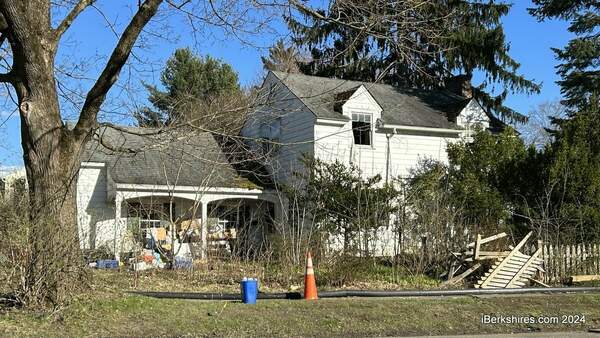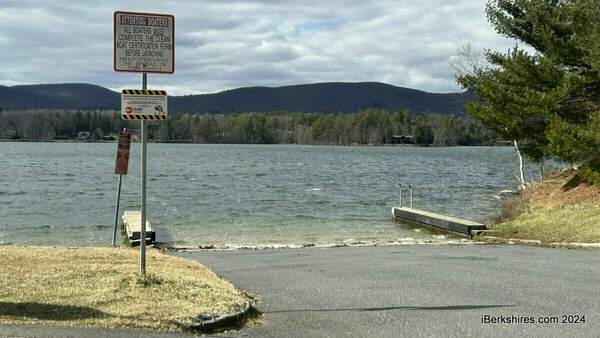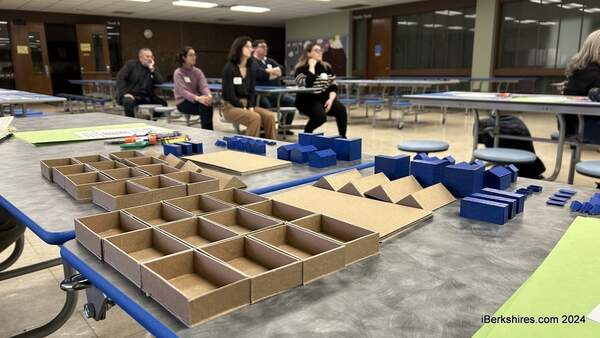The Insurance Guy: How Much Is Enough?
It's not a problem until it's a problem. No, I don't mean the Patriots' defense, which really hasn't been much of a problem all year, just something to talk about. What I am referring to is the tricky little issue known as, "how much insurance do I need on my house or commercial building?"I doubt any of you will spend too much time in the course of your life pondering this issue. But when you do ponder it, please give it some attention.
Think of the values that we associate with our buildings. When we are selling, we want it to be high, when we are paying taxes on it, we want it to be low. When we are paying insurance premiums, we want it to be low, and when we are dealing with an insurance loss, we want it to be high. You may have three different values on your property all at the same time; the assessed value, the market value, and the replacement cost value.
 The only value I am addressing today is the replacement cost value on a commercial building (although the concept is similar on a homeowners policy). An insurance company wants any commercial building owner to insure their property based on the replacement cost of that particular building. The replacement cost is primarily based on type of construction, square footage and current building costs. For example, a wood-frame, 5,000-square-foot building, assuming $150 per square feet to build, might have a replacement cost of $750,000.
The only value I am addressing today is the replacement cost value on a commercial building (although the concept is similar on a homeowners policy). An insurance company wants any commercial building owner to insure their property based on the replacement cost of that particular building. The replacement cost is primarily based on type of construction, square footage and current building costs. For example, a wood-frame, 5,000-square-foot building, assuming $150 per square feet to build, might have a replacement cost of $750,000. The insurance company might then typically apply a co-insurance clause (a truly fun and uniquely insurance term), which is a percentage of the replacement cost that must be insured to guarantee full replacement cost at the time of loss. This is usually 80 percent or 90 percent. If it is 80 percent in our example above, then the building owner needs to insure the building for at least $600,000 (80 percent of 750,000).
So, what is the problem you ask? Well, what happens in the real world is that someone purchases that building for $300,000 and decides to insure it for that same amount (of course, that wouldn't happen if the building owner is working with a competent insurance agent who has the best interests of the client in mind at all times - even when it requires a more difficult conversation).
Let's review. That building was purchased for $300,000; the replacement cost is $750,000; the co-insurance at 80 percent requires at least $600,000; and the owner insures it for $300,000.
The building suffers a fire that does $100,000 damage. How much is paid to the insured? Are you thinking that it is $100,000 because the insured has coverage for $300,000? That is logical but the wrong answer. Here is the curveball (unless this has been explained): there is a co-insurance penalty applied to the percentage that you are underinsured, even on a partial loss. So, the building was insured at 50 percent of what it should have been ($300,000 instead of $600,000) and a penalty would apply. On that $100,000 loss, the insured gets 50 percent, or $50,000. How fun does that sound?
The bottom line is that you really need to understand what the replacement cost on your property is. Yes, the deductible would also be part of that calculation as well, but for today, I wanted you to understand the basic math of it. It really doesn't matter what the market value is, it is all about the replacement cost.
OK, that is enough insurance language for today. I did mention the homeowners policy earlier, but we will cover that another day. Oh yeah, the Patriots defense being a problem?
Patriots 35, Giants 31. No problem ...
Dave Bissaillon dabbles in real life while working daily as an account executive at Smith Bros.-McAndrews Insurance Agency in Adams. His occasional column will touch on insurance and other fun stuff.
Tags: property insurance,















